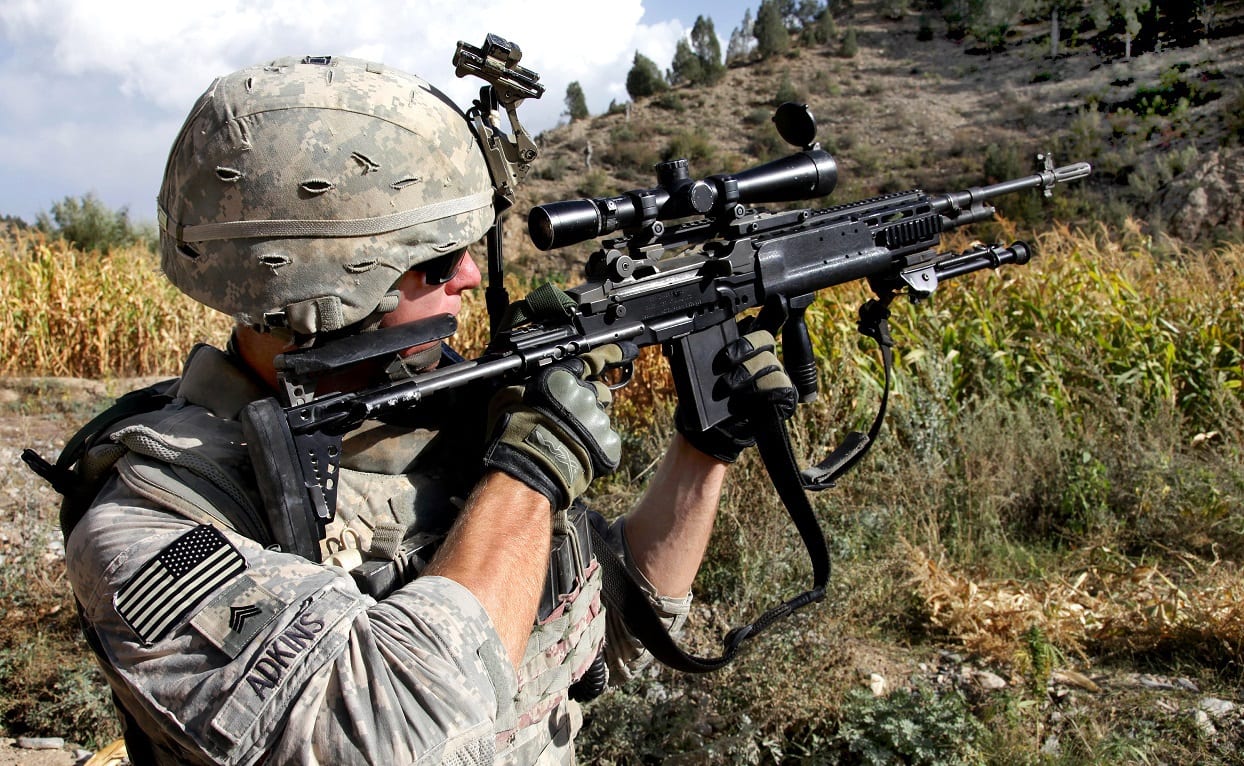Few service members who carried the M14 will tell you that they liked the rifle. Most will tell you that they either loved it or they loathed it. The weapon, whose main, dubious distinction was its short career as part of the U.S. military arsenal, was also known for its accuracy and its significant stopping power.
Subscribe to our YouTube Channel HERE.
But the M14 was heavy and nearly impossible to control on full auto. It was arguably designed for past conflicts, not the war that the U.S. would find itself in next – namely, the war in Vietnam. The M14 was actually the last U.S. military rifle to be produced at the Springfield Armory in Springfield, Massachusetts. It was essentially an improved version of the M1 Garand that took features from the M1 Carbine.
In fact, it is hard not to see it as an oversized version of the Carbine.
The M14 served the shortest stint of any battle rifle in the U.S. military – its tenure lasted only from 1957 to 1964. When production was halted, just 1,380,874 rifles had been manufactured.
Yet the M14 was actually the product of nearly 15 years of research and development. It is hard now to imagine that a decade and a half went into creating an improved M1 Garand/M1 Carbine!
The M14: Not the Greatest Battle Implement
Whereas the M1 Garand earned high praise – including from Gen. George S. Patton, who described it as “the greatest battle implement ever devised” – the M14 proved how hard it is to improve upon perfection.
Moreover, it seems that the M14’s designers forgot the biggest shortcomings of the Browning Automatic Rifle. Though an innovative design, and the first successful attempt at giving an infantryman the ability to engage in “walking fire,” the BAR was very difficult to control on fully automatic fire.
The M14 essentially took an M1 Garand and enabled select firing capabilities – the ability to switch between semi-automatic and fully automatic modes. The original thinking was that it could provide the capabilities of both the BAR and the M1 Garand. But as production began, some early operational issues were identified.
The primary problems weren’t unique to the M14. Many firearms have a “teething” process, and in the M14’s case that consisted of its fragile receiver and malformed bolts. However, instability during automatic fire was a problem of a higher order. Many of the issues were addressed via better quality control, but the stability issue could only be addressed by limiting most of the rifles to semi-automatic mode. A specially designed M14A1 that retained fully automatic capabilities was still meant to serve as a rifle squad’s automatic weapon – essentially replacing the BAR. It was fitted with a pistol grip and a bipod, and it was a poor way to address the control issue.
More Than a Large M1 Carbine
Despite its shortcomings, the M14 was still a major improvement over the M1 Garand. Though it was two pounds heavier, it was chambered for the 7.62x51mm NATO cartridge, which was slightly smaller yet still delivered about 90% of the energy while it provided the same range and accuracy. The adoption of the NATO cartridge made the weapon compatible with other NATO small arms of the Cold War era.
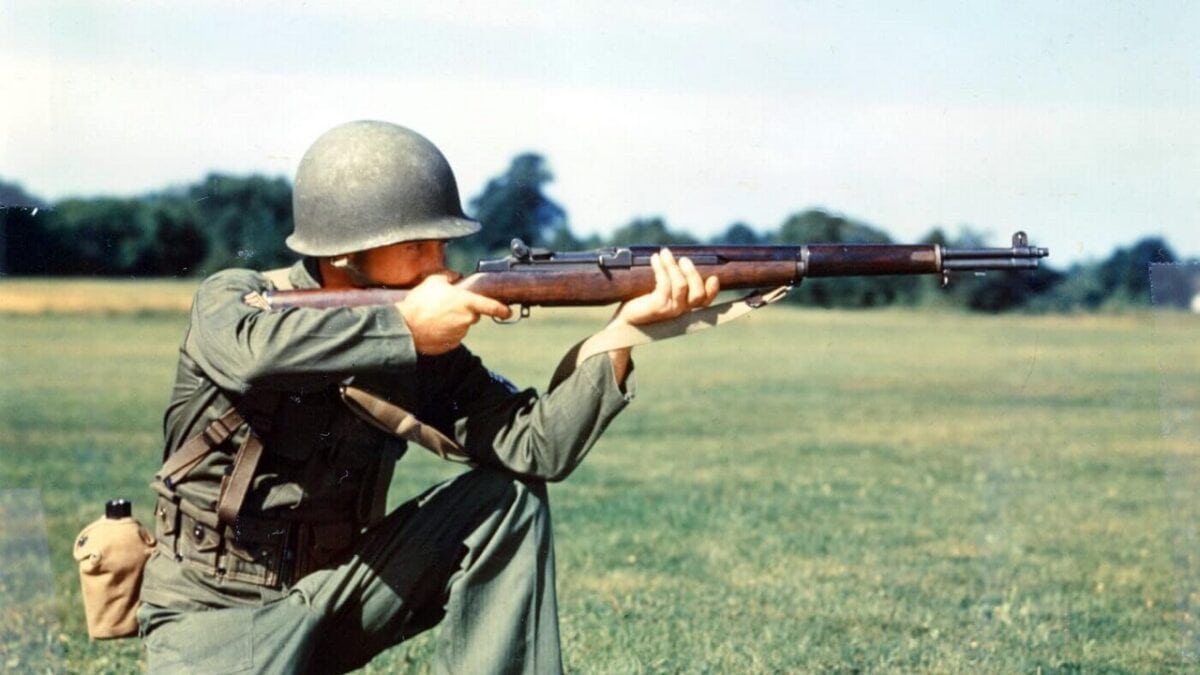
M1 Garand. Image Credit: Creative Commons.
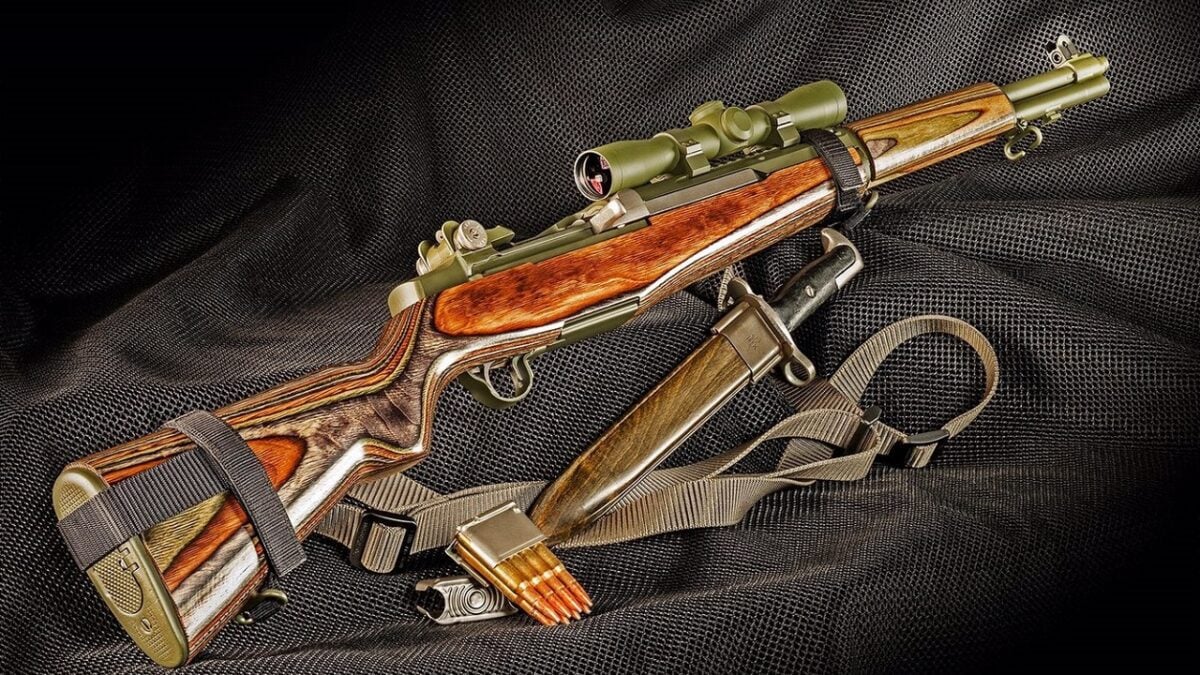
M1 Garand. Image Credit: Creative Commons.
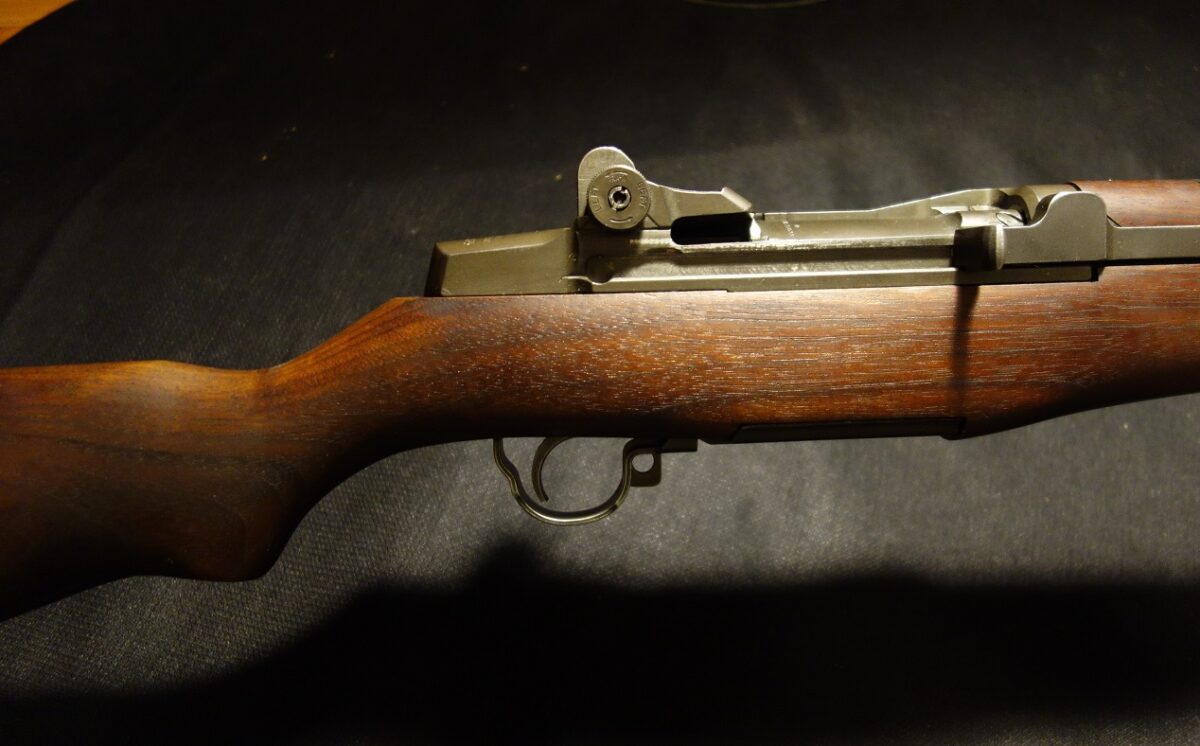
M1 Garand. Image Credit: Creative Commons.
More important, it vastly improved on the M1’s eight-round en bloc clip by utilizing a 20-round detachable magazine. The rifle featured a front blade and a peep sight, the latter adjustable for windage. It was accurate beyond 500 meters, and the rifle could be used with the M2 bayonet.
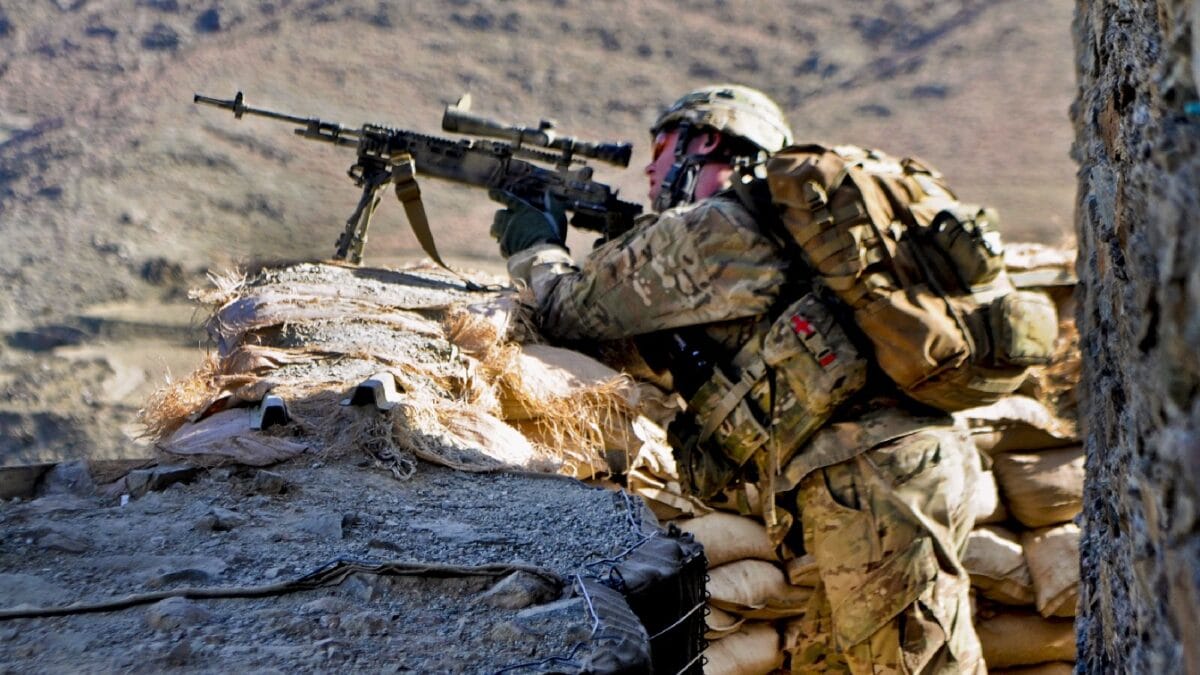
U.S. Army Sgt. Andrew Barnett scans the area using the optic lens on his M14 enhanced battle rifle outside an Afghan border police observation point in Kunar province, Afghanistan, Jan. 28, 2013. Barnett is assigned to the 101st Airborne Division’s 2nd Battalion, 327th Infantry Regiment, 1st Brigade Combat Team. U.S. Army photo by Sgt. Jon Heinrich
The M14 was the standard infantry rifle for all U.S Army and U.S. Marine Corps units that deployed to Vietnam in 1965, but time was running out for the weapon. Then-Secretary of Defense Robert McNamara ended the procurement in 1964 and selected the M16 as its replacement. By 1970, only a handful of the M14s remained in service with the U.S. military in Vietnam.
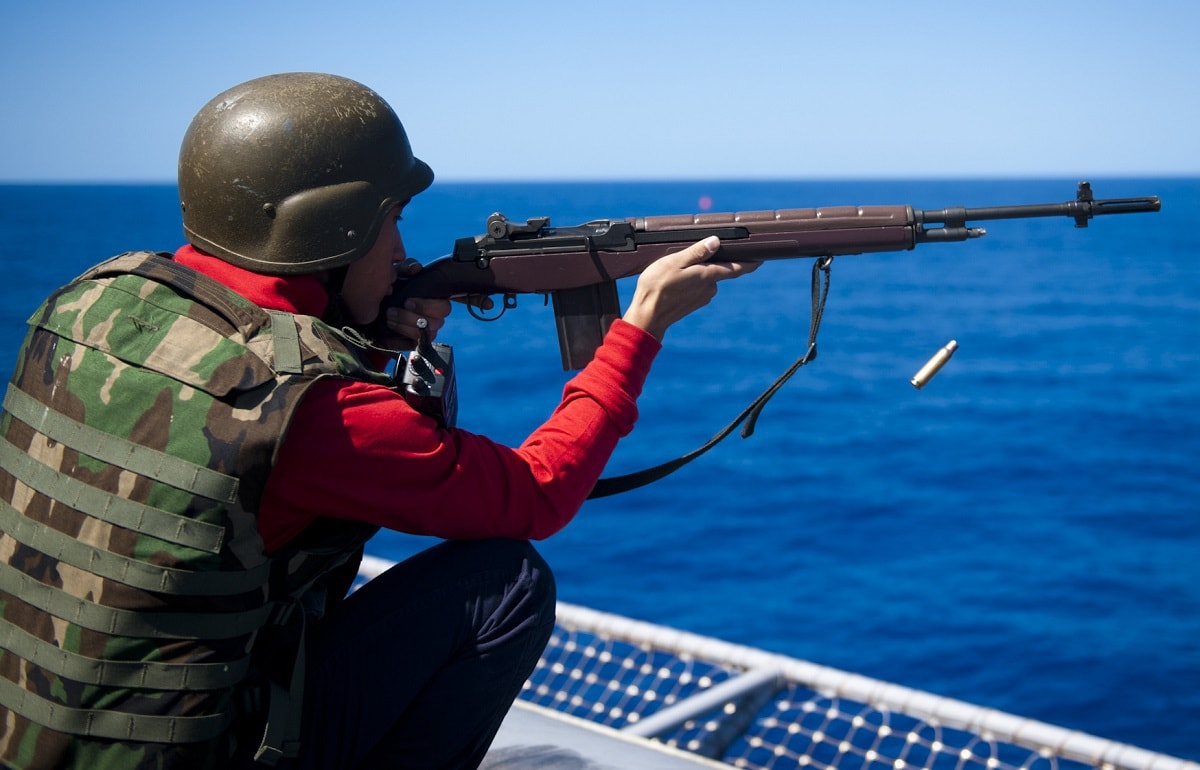
120212-N-OY799-776
PACIFIC OCEAN (Feb. 12, 2012) Aviation Ordnanceman Airman Justin Fortuno fires an M-14 rifle during a live-fire exercise aboard the Nimitz-class aircraft carrier USS John C. Stennis (CVN 74). John C. Stennis is operating in the U.S. 7th Fleet area of responsibility while on a seven-month deployment. (U.S. Navy photo by Mass Communication Specialist 3rd Class Kenneth Abbate/Released)
That marked the end of the line for America’s last full-power battle rifle. The M16 ushered in the American military’s assault-rifle era. Though M14 variants have remained in use – notably as a sniper rifle and a designated marksman rifle, due largely to its accuracy and effectiveness at long range – it served as the standard infantry rifle for just seven years. Only the Springfield Model 1892-99, the Norwegian-designed Krag–Jørgensen, which saw pitiful service during the Spanish-American War, could be considered a less successful American rifle.

Image: Creative Commons.
A Senior Editor for 1945, Peter Suciu is a Michigan-based writer who has contributed to more than four dozen magazines, newspapers and websites. He regularly writes about military hardware, firearms history, cybersecurity and international affairs. Peter is also a Contributing Writer for Forbes. You can follow him on Twitter: @PeterSuciu.

